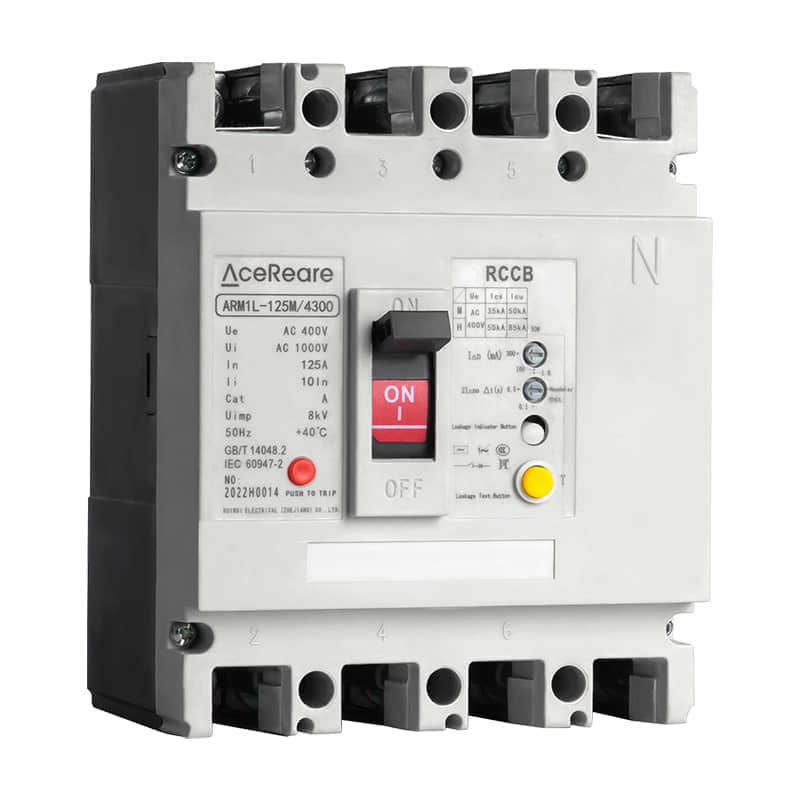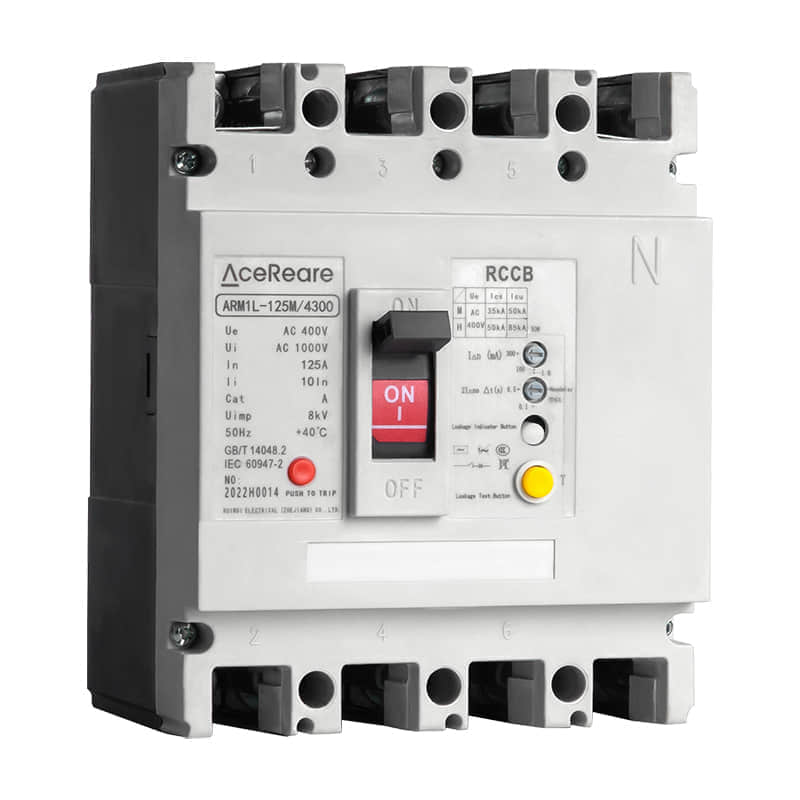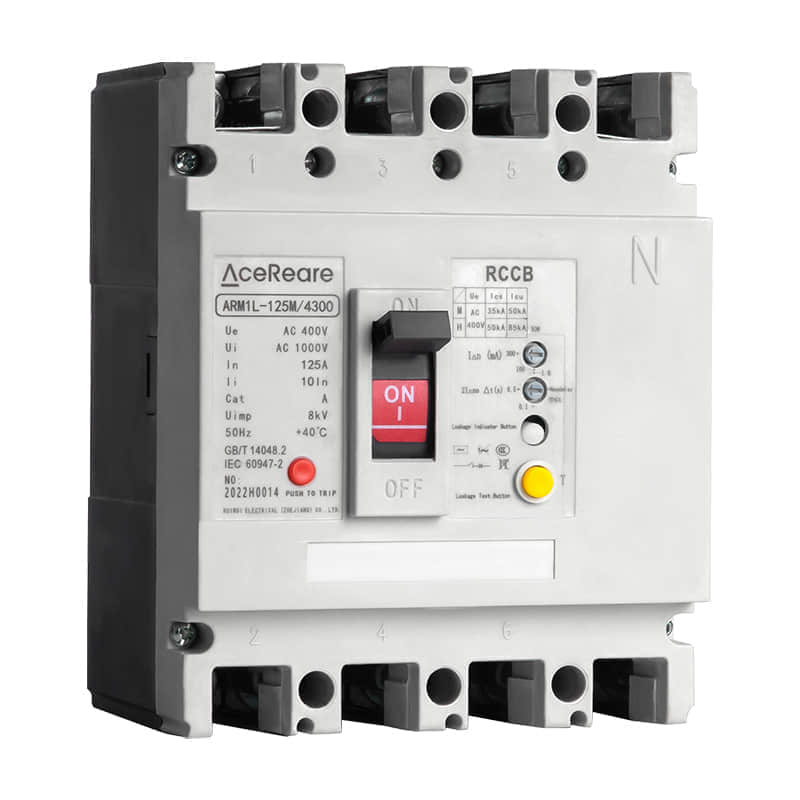Residual Current Circuit Breakers (RCCBs) are integral components of modern electrical systems that play a crucial role in ensuring the safety of both individuals and property. These devices are designed to detect and mitigate the risks posed by electrical faults, such as leakage currents and ground faults, by rapidly interrupting the circuit’s flow. In this article, we will delve into the significance of RCCBs, their functioning principles, and their contribution to electrical safety.

The Significance of RCCBs:Electrical safety is a paramount concern in today’s world, where our lives are intertwined with various electrical appliances and systems. RCCBs offer a vital layer of protection against electrical shocks and fires that can result from ground faults or leakage currents. These faults often occur due to damaged insulation, faulty wiring, or the interaction of electrical systems with moisture.

How RCCBs Work:RCCBs are designed to monitor the balance between the current entering and leaving a circuit. A well-functioning electrical system should have these currents in equilibrium. If there is a difference between the incoming and outgoing currents, it suggests a leakage or fault. RCCBs are equipped with highly sensitive differential current transformers that continuously monitor this balance. When an imbalance is detected, the RCCB acts swiftly to trip the circuit, disconnecting the power supply. This rapid response helps prevent potential hazards like electric shock and fire. The device’s sensitivity can be adjusted to detect even small differences in current, enhancing its ability to identify potential faults. Types of RCCBs:There are two primary types of RCCBs: AC (Alternating Current) and A (Alternating and Direct Current). AC RCCBs are designed to detect leakage currents in normal AC circuits, while A RCCBs are more versatile, capable of identifying both AC and DC leakage currents. Choosing the appropriate type depends on the specific electrical system’s characteristics and requirements. Installation and Maintenance:Proper installation and regular maintenance are vital to ensure the optimal performance of RCCBs. They should be installed by qualified electricians who understand the specific needs of the electrical system and can set the device’s sensitivity accordingly. Regular testing is also crucial to verify that the RCCB responds as expected. Manufacturers provide guidelines for testing frequencies and procedures that should be strictly followed. Contributions to Electrical Safety:RCCBs have significantly improved electrical safety in various settings. In residential areas, they offer protection against electric shocks in wet environments like bathrooms and kitchens. In industrial and commercial settings, they mitigate the risk of equipment damage and fire caused by faulty wiring. Moreover, RCCBs help prevent electrocution accidents by swiftly cutting off power in the event of a ground fault. Conclusion:Residual Current Circuit Breakers (RCCBs) stand as a testament to the advancements in electrical safety technology. By actively monitoring and responding to imbalances in electrical currents, these devices offer a crucial layer of protection against electric shocks and fires. Their presence in residential, commercial, and industrial settings ensures that our interactions with electrical systems remain as safe as possible. As technology continues to evolve, RCCBs are likely to become even more sophisticated and effective in safeguarding lives and property from electrical hazards.
